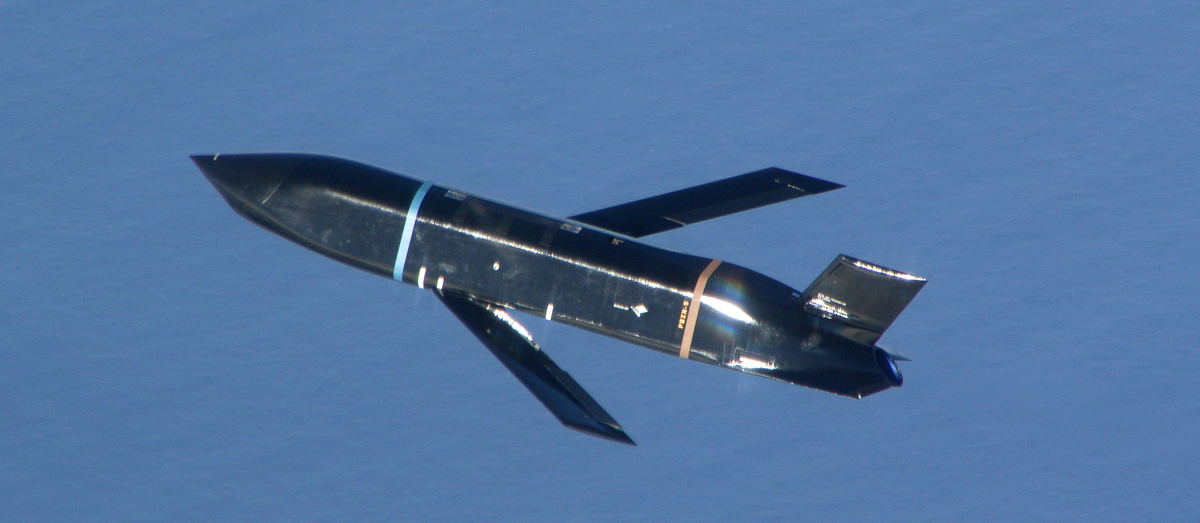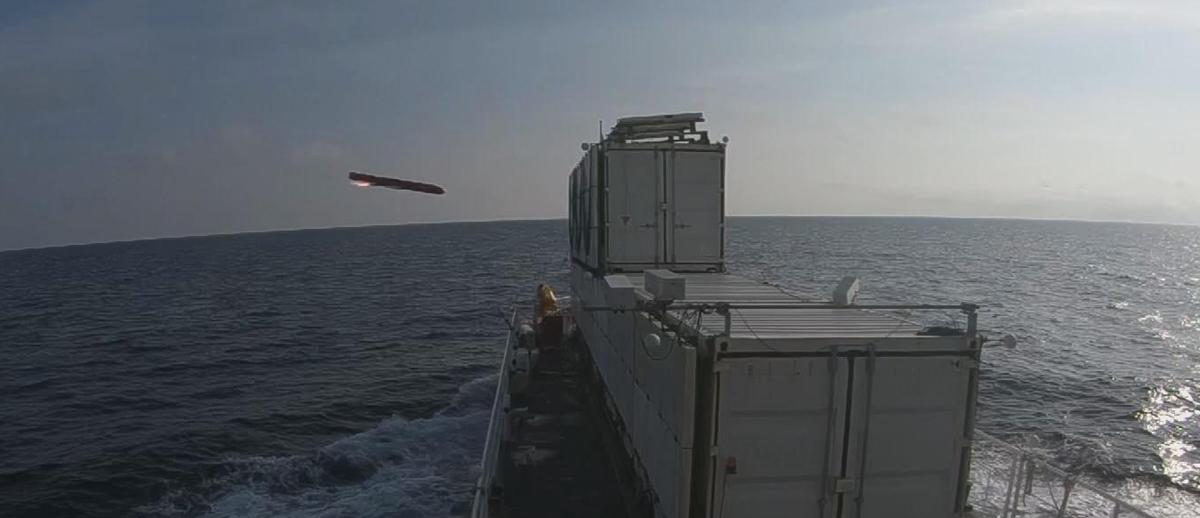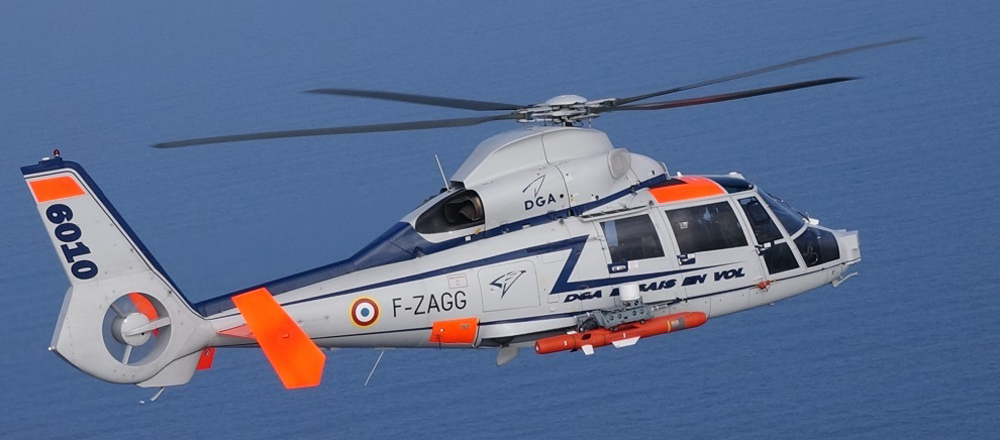Click Here to View This Page on Production Frontend
Click Here to Export Node Content
Click Here to View Printer-Friendly Version (Raw Backend)
Note: front-end display has links to styled print versions.
Content Node ID: 395977
In recent days both Lockheed Martin and MBDA announced significant developments with two key anti-ship missile programs. The U.S. manufacturer’s AGM-158C LRASM (long-range anti-ship missile) has entered service with the U.S. Air Force, while the Anglo-French missile house has revealed that, with another successful firing of its Sea Venom/ANL (Anti-Navire Léger, "light anti-ship"), the program has moved from the development to the qualification phase.
Lockheed Martin’s LRASM is an adaptation of the AGM-158B JASSM-ER (joint air-to-surface stand-off missile-extended range), a stealthy, precision-guided land attack missile. Developed to meet the U.S. Navy’s offensive anti-surface warfare (ASuW) Increment I requirement, the AGM-158C has been designed to seek out specific naval targets within groups of vessels with reduced reliance on prior intelligence and network links and to operate in areas of reduced or denied GPS coverage.
The first type to receive the anti-ship version is the Air Force’s Boeing B-1B. Following necessary testing and qualification, the first rounds have been delivered to Dyess AFB, Texas, for service with the 7th Bomb Wing, allowing the declaration of EOC (early operational capability) for the LRASM ahead of schedule. LRASM underwent a successful firing trials campaign, including a complex-scenario, dual-missile test on May 22. Lockheed Martin expects the LRASM to achieve EOC with the U.S. Navy’s Boeing F/A-18E/F Super Hornet in 2019.

Lockheed Martin Missiles and Fire Control received a $172 million contract last month to supply 50 LRASMs comprising Lot 2 production, and in mid-December received a $10 million contract modification to add three more AGM-158Cs. The contracting agency is the U.S. Air Force Life Cycle Management Center (AFLCMC) located at Eglin AFB, Florida. The $86.5 million Lot 1 low-rate production contract was awarded in July 2017 and covered 23 missiles plus support.

In the meantime, MBDA announced in December that the Sea Venom/ANL had conducted its third and final developmental test firing on November 14 and that the test campaign is moving into the qualification phase in 2019. The missile was fired from a DGA Panther helicopter over the Ile de Levant range in the Mediterranean and demonstrated the weapon’s LOBL (lock-on before launch) capabilities, in which the operator designated the target prior to launch using images from the missile’s infrared seeker.
Sea Venom/ANL performed its first firing on June 21, 2017. The second firing took place on April 18, 2018, and was a LOAL (lock-on after launch) long-range test that demonstrated low-altitude sea-skimming ability and validated the two-way helicopter/missile datalink.
A product of the 2010 Lancaster House Anglo-French defense development agreement, the 265-pound (120-kilogram) weapon is to arm the Royal Navy’s Leonardo AW159 Wildcat HMA.2 as the Sea Venom, and the Marine Nationale’s future HIL (Hélicoptère Interarmée Léger, "light joint-service helicopter") as the ANL. It has been designed with both “fire and forget” and “man in the loop” modes to provide a capability against fast, maneuvering boats, as well as more traditional naval targets. Service entry on the Wildcat was set for 2020, but it was reported in UK media this week that the date has now slipped to 2021.
